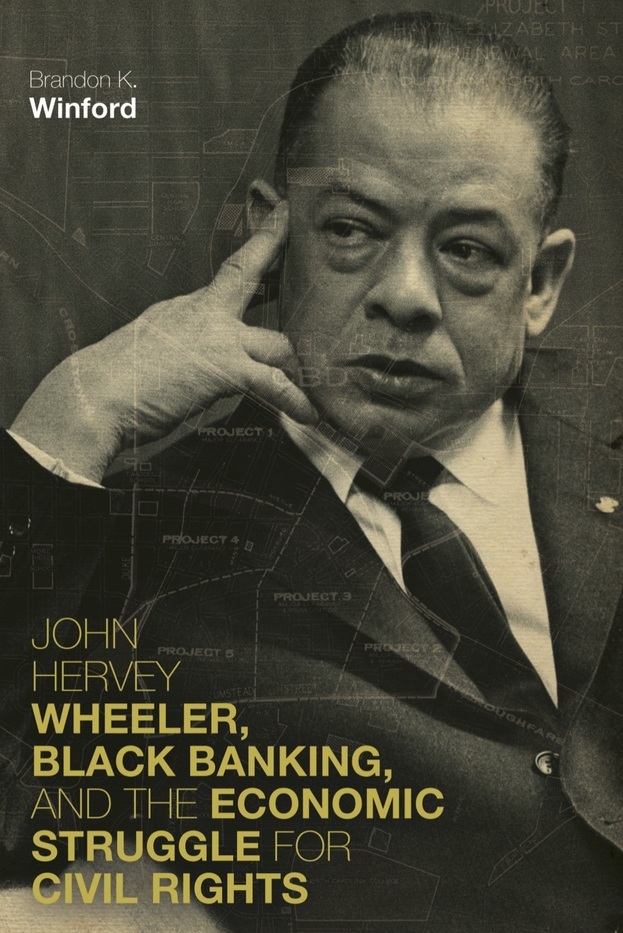


Books in series

Civil Rights Crossroads
Nation, Community, and the Black Freedom Struggle
2003

Democracy Rising
South Carolina and the Fight for Black Equality since 1865
2006

For Jobs and Freedom
Race and Labor in America since 1865
2007

After the Dream
Black and White Southerners since 1965
2011

Constructing Affirmative Action
The Struggle for Equal Employment Opportunity
2011

Freedom's Main Line
The Journey of Reconciliation and the Freedom Rides
2008

Thunder of Freedom
Black Leadership and the Transformation of 1960s Mississippi
2012

Sidelined
How American Sports Challenged the Black Freedom Struggle
2013

River of Hope
Black Politics and the Memphis Freedom Movement, 1865–1954
2014

Art for Equality
The NAACP's Cultural Campaign for Civil Rights
2014

James and Esther Cooper Jackson
Love and Courage in the Black Freedom Movement
2015

The Chicago Freedom Movement
Martin Luther King Jr. and Civil Rights Activism in the North
2016

For a Voice and the Vote
My Journey with the Mississippi Freedom Democratic Party
2014
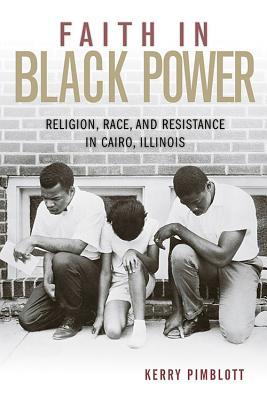
Faith in Black Power
Religion, Race, and Resistance in Cairo, Illinois
2017
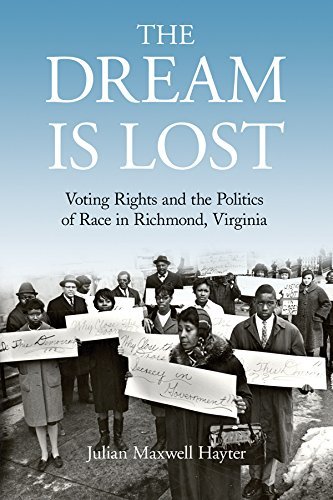
The Dream Is Lost
Voting Rights and the Politics of Race in Richmond, Virginia
2017
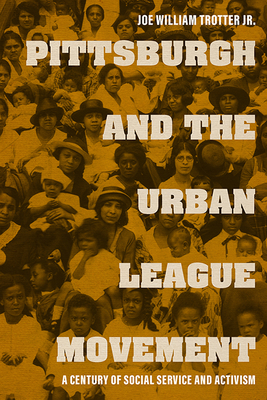
Pittsburgh and the Urban League Movement
A Century of Social Service and Activism
2020
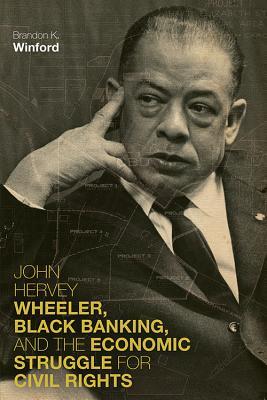
John Hervey Wheeler, Black Banking, and the Economic Struggle for Civil Rights
2019

